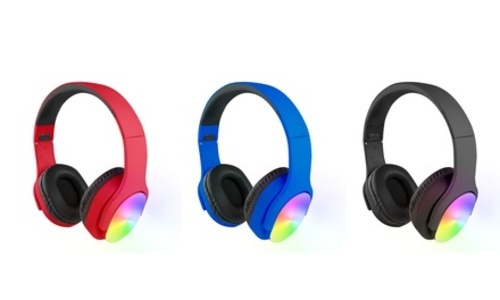HOW TO PICK THE PERFECT OUTDOOR RUNNING SHOE
To enjoy running, you need suitable running shoes. Before buying, consider the possible criteria so that the purchase lasts a lifetime of running shoes and is fun. You will be on the road a lot with your shoes. They will guide, motivate, entice, and protect you. The running shoe is the most important piece of equipment.
There are lighter and heavier, more robust running shoes, and models for competitive runners and beginners. The special shoe elements reduce the impact forces and make running more comfortable. It means you will enjoy your run instead of spending one more evening in the WooCasino or near the TV. Good support and optimal fit ensure good foot guidance.
The hype with barefoot running seems to be dying down again. Switching to “barefoot” with weak foot muscles and untrained often ends in a break from training. But those who manage to run with them, with gymnastics and short sessions, will be able to benefit in many ways. Natural running shoes are very suitable for short or fast units to train the foot muscles and the whole musculoskeletal system. But such training must be increased slowly, otherwise, the fun is quickly over.
WHAT TO CONSIDER BEFORE BUYING PERFECT RUNNING SHOES
Before buying good running shoes, you should take time for a few considerations. With the compiled tips, it will be easier for you to choose the right running shoes:
- Always buy your running shoes in an experienced specialty store with personal advice. There you will receive competent advice and can try on ten different pairs of shoes. Ask your running colleagues where they have had good experiences. Some running stores also offer customer cards with a 10% discount.
- Buy your running shoes later in the afternoon or early evening, or note if you go shopping in the morning, that your feet expand during the day! The transverse arch sinks in. In adults, the increase in size by about 4%, lengthening them by up to an inch.
- Take your old running shoes with you. The wear on the sole can give the sales staff important clues about your running style. To an experienced professional, the old running shoe often shows more than the treadmill analysis.
- Test the new shoes with the running socks you usually wear in training or competition.
- Buy your shoes big enough. There should be a thumb’s width of space in front of the big toes when standing. During the rolling motion of running, your feet needed more space than when wearing normal sneakers. During a long run, the transverse arch sinks a bit and the well-circulated feet need more space than when training for a short distance.
- Your new running shoe must be adjusted to your foot width in the forefoot area. If the shoe is too wide, your foot will “swim” in it, if it is too narrow, pressure points can occur on the sides.
- Make sure that you have good support in your running shoe even with moderate lacing. If you have to tighten the lacing too much, this can lead to painful spots on the instep during long runs or competitions!
- Before buying, think carefully about the use for which you need the new running shoes. Do you train with them mainly on asphalt roads, forest paths, and gravel roads? Do you mainly do long runs and need more support? Do you mainly want to run short and fast sessions with it?
- If you do several training sessions a week, it makes sense to lace up more than one pair of shoes alternately. Basic rule: one pair of running shoes per weekly unit. Ideally, not all from the same manufacturer. Your feet will thank you for the variety – and so will your shoes. This allows the midsole to recover and the shoes to air out and dry well.
If you are very satisfied with a running shoe model, your running will be comfortable. Stay fit and enjoy your next run!




